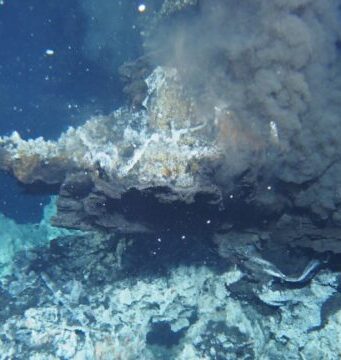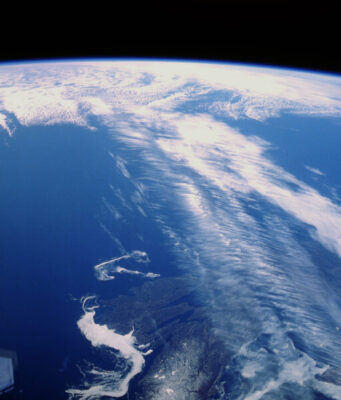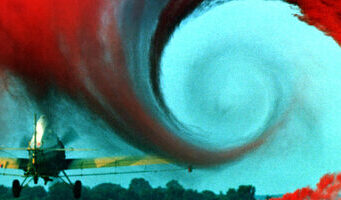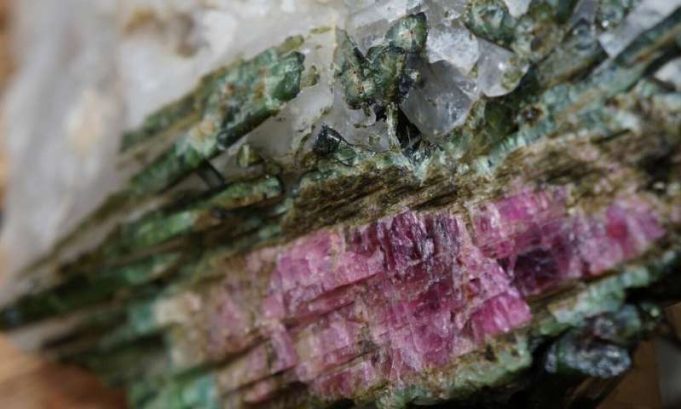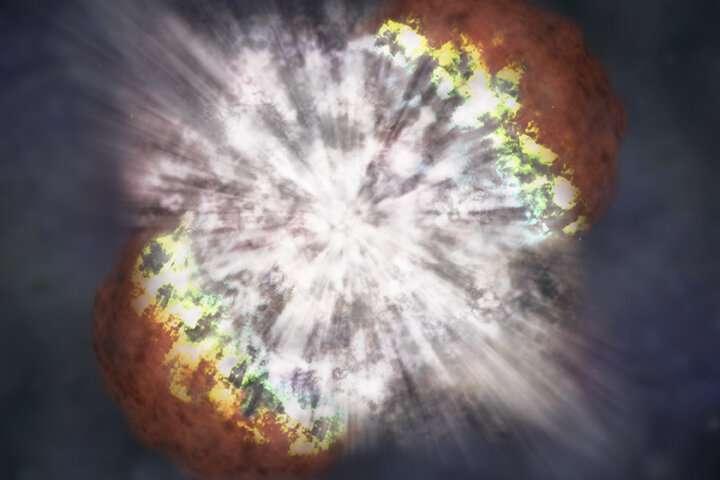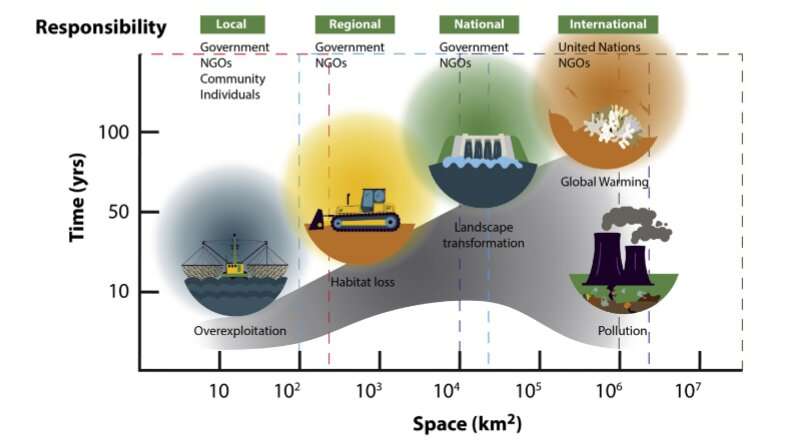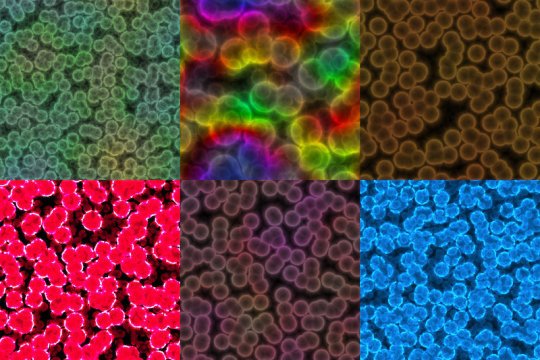Using rare oxygen molecules trapped in air bubbles in old ice and snow, U.S. and French scientists have answered a long-standing question: How much have "bad" ozone levels increased since the start of the Industrial Revolution?
"We've been able to...
The tides are turning in a quest to solve an earthquake mystery.
Years ago, scientists realized that earthquakes along mid-ocean ridges—those underwater mountain ranges at the edges of the tectonic plates—are linked with the tides. But nobody could figure out...
The first minerals to form in the universe were nanocrystalline diamonds, which condensed from gases ejected when the first generation of stars exploded. Diamonds that crystallize under the extreme pressure and temperature conditions deep inside of Earth are more...
Climate change-induced heat stress will play a larger role than drought stress in reducing the yields of several major U.S. crops later this century, according to Cornell University researchers who weighed in on a high-stakes debate between crop experts...
Scientists combing through databases of earthquakes since the early 1990s have discovered a possible defining moment 10-15 seconds into an event that could signal a magnitude 7 or larger megaquake.
Likewise, that moment—gleaned from GPS data on the peak rate...
Did ancient supernovae induce proto-humans to walk on two legs, eventually resulting in homo sapiens with hands free to build cathedrals, design rockets and snap iPhone selfies?
A paper published today in the Journal of Geology makes the case: Supernovae bombarded Earth...
Twenty thousand years ago, in the thick of an Ice Age, Earth looked very different. Because water was locked up in glaciers hundreds of feet thick, which stretched down over Chicago and New York City, the ocean was smaller—shorelines...
On Aug. 17, 1959, back when Dwight D. Eisenhower was president, the U.S. had yet to send a human to space and the nation's flag sported 49 stars, Yellowstone National Park shook violently for about 30 seconds. The shock...
With an ever-growing list of threats facing biodiversity on multiple scales, conservationists struggle to determine which to address. A common reaction is to prioritize their efforts on threats to individual species or management areas, but researchers say this narrow-minded...
Rice University synthetic biologists have hacked bacterial sensing with a plug-and-play system that could be used to mix-and-match tens of thousands of sensory inputs and genetic outputs. The technology has wide-ranging implications for medical diagnostics, the study of deadly...
In August 2016, areas of Yellowstone National Park that burned in 1988 burned again. Shortly after, in October 2016, ecologist Monica Turner and her team of graduate students visited the park to begin to assess the landscape.
"We saw these...


